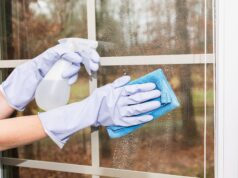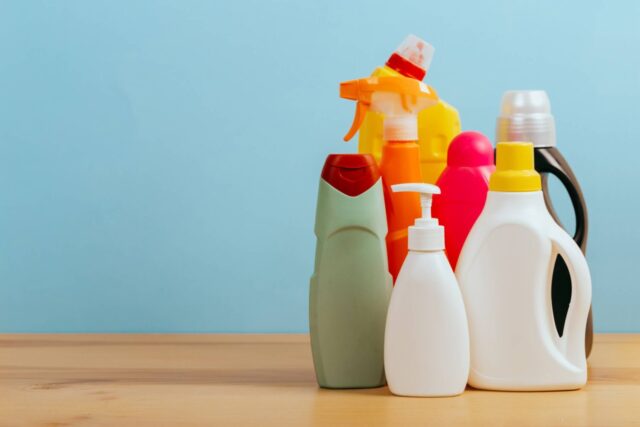
Cleanliness is a characteristic that many of us aspire to have in our homes. Every home has some cleaning products, as we rely on them to remove stains and disinfect surface areas. And while we commonly use cleaning products within our home, very few of us are informed about what the ingredients listed on the labels really are or how they can affect us.
Because cleaning products are not meant to be ingested or included in drugs or cosmetics, the federal government does not require the manufacturers of these products to list their ingredients. This means companies don’t have to list every, or any, ingredient on their products, and that toilet bowl cleaner you use once a week might contain chemicals you didn’t know about.
Listed below are ingredients commonly found in household cleaning products that you want to look out for, as well as the cleaning products they’re found in.
Ingredients to Avoid
Though this is only a short list of common ingredients found in household cleaning products, some of these are the worst contenders.
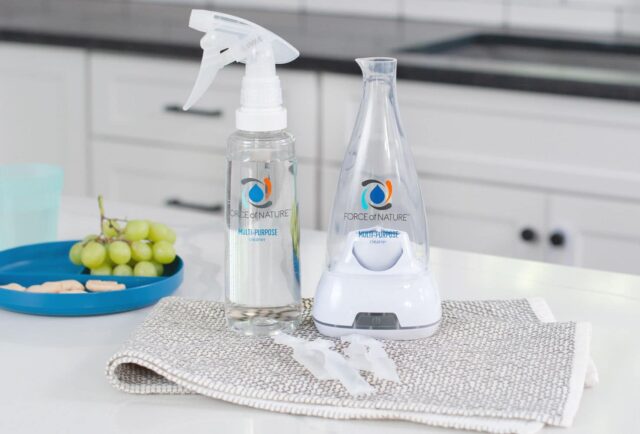
2-Butoxyethanol (2-BE)
2-Butoxyethanol (2-BE) is used as a solvent, and it is a colorless, flammable liquid. Solvents are used within cleaning products to help remove dirt, and 2-BE is found in oven cleaners, rust removers, automobile cleaners, glass cleaners, and carpet cleaners. Canada has listed this ingredient as a toxic substance because it has proven harmful to a human’s health. It is an indoor air pollutant and can cause harm to the eyes, kidneys, skin, and blood. It is listed on ingredient labels as 2-BE, butyl cellosolve, and ethylene glycol.
Phosphates
Phosphates can be found in laundry detergents, dishwasher detergents, and bathroom cleaners, and they are agents that soften water by preventing the binding of magnesium and calcium ions to surfactants. They have been linked to cardiovascular diseases in humans and, in waterways, promote the growth of algal blooms. These blooms increase the growth of weeds and decrease oxygen levels, which kills fish and other aquatic life. One of the ways phosphates are listed is sodium tripolyphosphate.
Coal Tar Dyes
Coal tar dyes are synthetic dyes, and they are used to change the color of a product. They are derived from petrochemicals and are known to contain trace amounts of heavy metals, such as cadmium, lead, and arsenic. Coal tar dyes can be found in various laundry detergents, shampoos, dish detergents, and all-purpose cleaning products, and coal tar is a human carcinogen; long-term exposure can cause cancer. These guys contribute to indoor air pollution and can be absorbed through the skin or ingested from residue. On cleaning labels, some of the names it is listed as are preceded by FD&C and D&C. Other names are estar, benzin B70, and coal tar solutions.
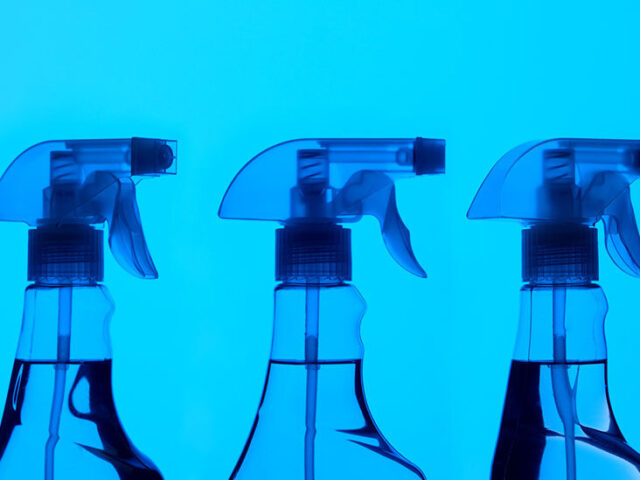
Nonylphenol Ethoxylates (NPEs)
These are surfactants, which are substances that reduce surface tension when added to a liquid, increasing its spreading and wetting properties. They are found in commercial and institutional detergents to enhance effectiveness: all Purpose cleaners, liquid laundry detergents, degreasers, air fresheners, and toilet bowl cleaners. Links have been found between the substance and breast cancer cells, and they are known to be endocrine disruptors. On cleaning labels, they are listed as Nonylphenol (NP) and nonylphenol ethoxylates (NPEs).
Masking Agents
Masking agents are found within almost every beauty product or conventional cleaning product that is scented. These are items like fabric softeners, deodorizers, air fresheners, and laundry detergents. Masking agents help cover up the chemical sense of these, and while they might smell pretty, they have potential health risks. Within masking agents are phthalates, which is a suspected endocrine disruptors. Not only does this compound disrupt the function of hormones, but it is also known to be toxic to aquatic life. It is found on labels as DEP, DBP, DEHP, parfum, phthalates, and fragrance.
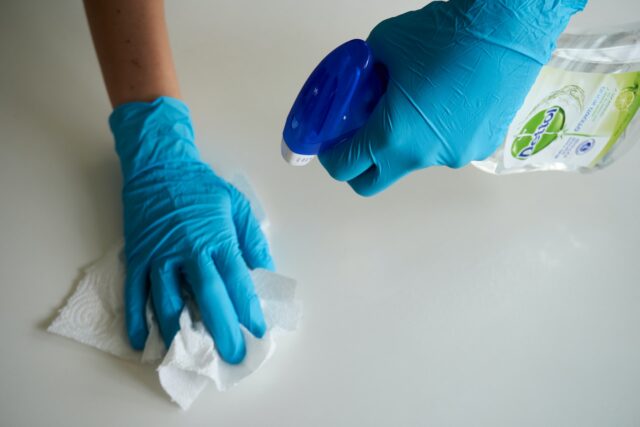
Sodium Hydroxide
This chemical is also known as lye and caustic soda, and it is a white solid that is dissolved in water, producing an alkaline solution. It is used to produce dyes, petroleum products, rayon, paper, and soaps. Chlorine bleach is formed when chlorine and sodium hydroxide are combined. Sodium hydroxide is in many oven cleaners, bathroom cleaners, drain openers, and disinfectants. However, sodium hydroxide is very corrosive, and those exposed can suffer from burned eyes, skin, and lungs. Long-term exposure can lead to severe chronic health issues. It can disrupt the environment by changing the pH balance of water, which affects aquatic life. Sodium hydroxide is listed as caustic soda, lie, or sodium hydroxide.
Triclosan (TSC)
Triclosan is found in many cleaning and skin care products because it can act as a preservative, and it has the ability to mask and prevent orders. TSC is antibacterial, and initially, it was used in the medical industry; now, it’s found in regular cleaning products like hand sanitizers, facial tissues, toothpaste, and antiperspirants.
In general, triclosan is suspected as an endocrine disruptor, meaning that it can interfere with hormonal functions. Within the European Union, TSC is classified as both a skin and eye irritant. Studies have also found that the substance can disrupt aquatic Life and form dioxins. It is listed on labels as Triclosan (TSC) and Triclocarban (TCC).

Ammonia
Ammonia is a colorless glass that is composed of nitrogen and oxygen, and it has a very pungent smell. It’s found in a variety of cleaning products, like window cleaners, toilet cleaners, bathroom cleaners, oven cleaners, and all-purpose cleaners. The scent is very terrible but also easily recognizable, and it is a common household cleaner.
Ammonia is a naturally occurring substance, but cleaning products contain more of its vapors than tits natural sources. When inhaled, ammonia can cause skin irritation and irritation in the lungs, throat, and eyes. Those with respiratory issues, like asthma, are also very sensitive to it. Ammonia has been linked to health problems, like liver and kidney damage. When ammonia is mixed with products that have chlorine bleach, a highly poisonous chloramine gas is formed.
On most labels, it’s simply listed as ammonia.
Moving Forward
With the knowledge that these ingredients may be within the cleaners in your cabinet, moving forward, you can begin to do more research into the products you buy and instead invest in safe home cleaning products, like the ones offered by Grab Green Home.



